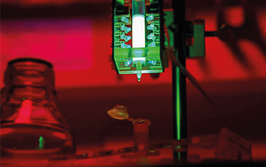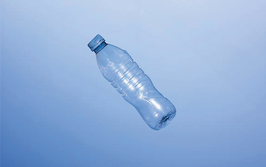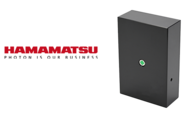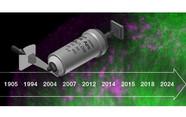Measurement of PFAS in indoor air and investigation of source materials

contributed by Markes International Ltd |

This study investigates the performance of Markes’ TD100-xr™ high through-put automated thermal desorption (TD) instrument coupled to a gas chromatograph (GC) and a triple quadrupole mass spectrometer (MS/MS) for PFAS analysis. This instrument combination enables measurement of per- and polyfluoroalkyl substances (PFAS) in indoor air at a detection limit as low as 1 pg for Me-FOSA. When using sampling chambers to test materials, the PFAS they release into the indoor air can be identified, along with quantifying the emission rate of such releases.
Introduction
Per and polyfluorinated substances (PFAS) are known to be present in the air and dust in indoor environments,1 the toxicology and bioaccumulation of these compounds means that understanding their presence and concentration in indoor air is important. The majority of people spend over 90% of their time indoors2, making the quality of indoor air significant to our overall health.
PFAS compounds enter indoor air from a variety of everyday sources. Any item which has been treated to be non-stick, waterproof or stain proof is likely to contain PFAS, as well as many firefighting foams. For this reason, concentrations of many PFAS in indoor air are higher than in outdoor air.
Log in or register to read this article in full and gain access to The Analytical Scientist’s entire content archive. It’s FREE!

















